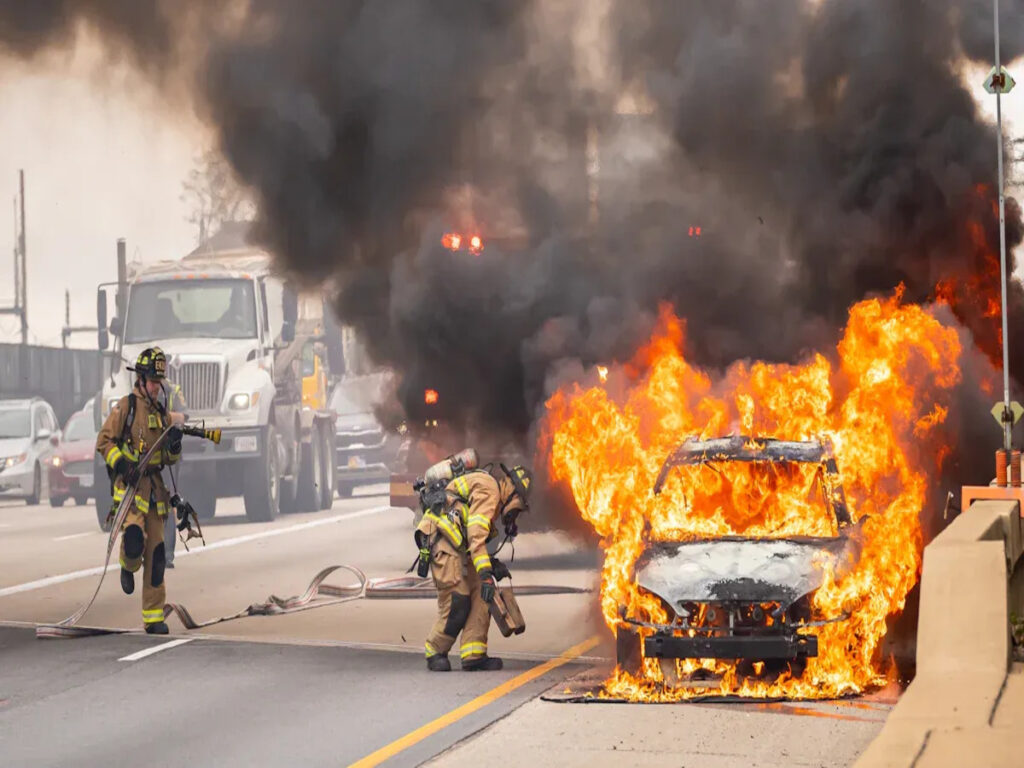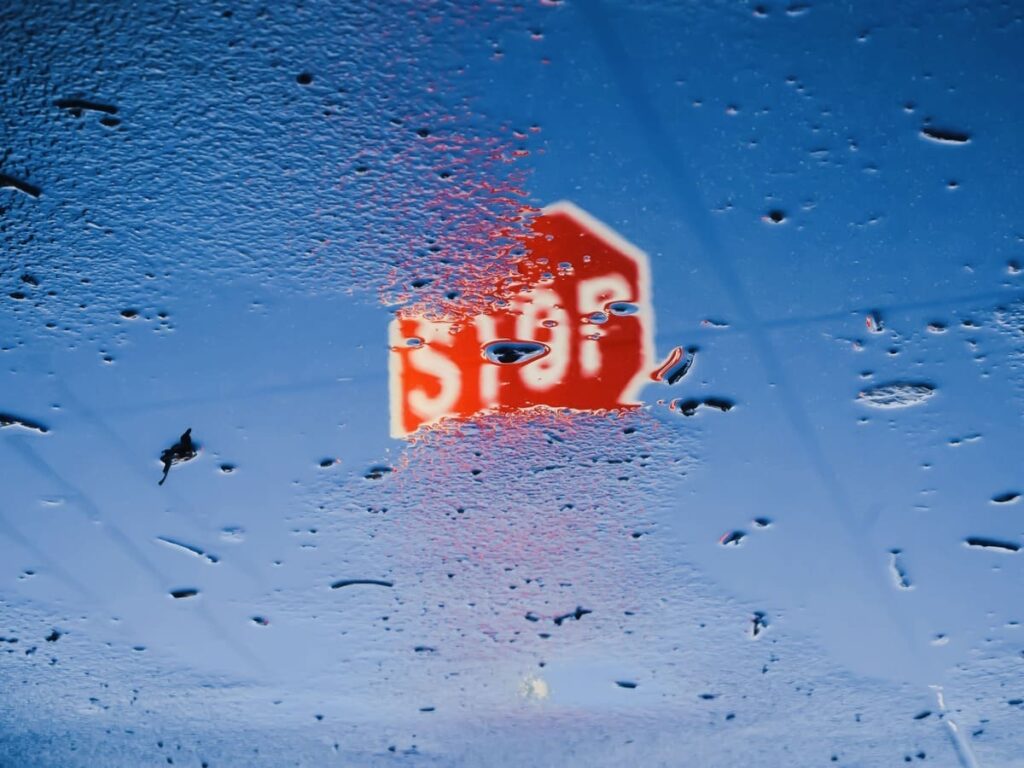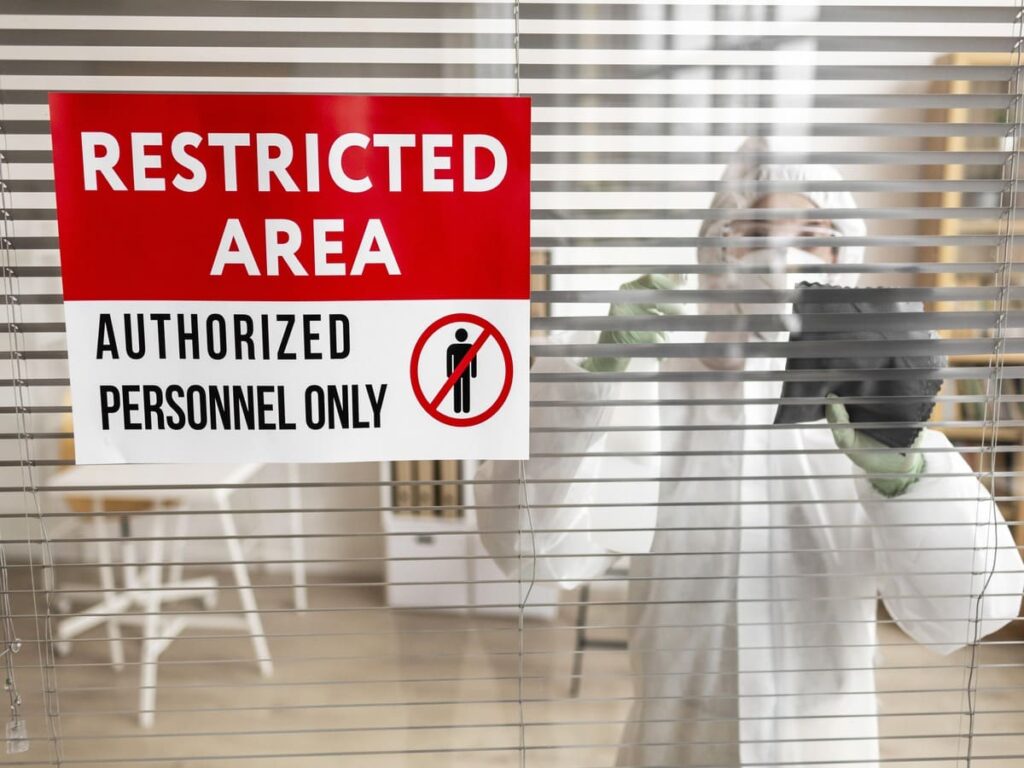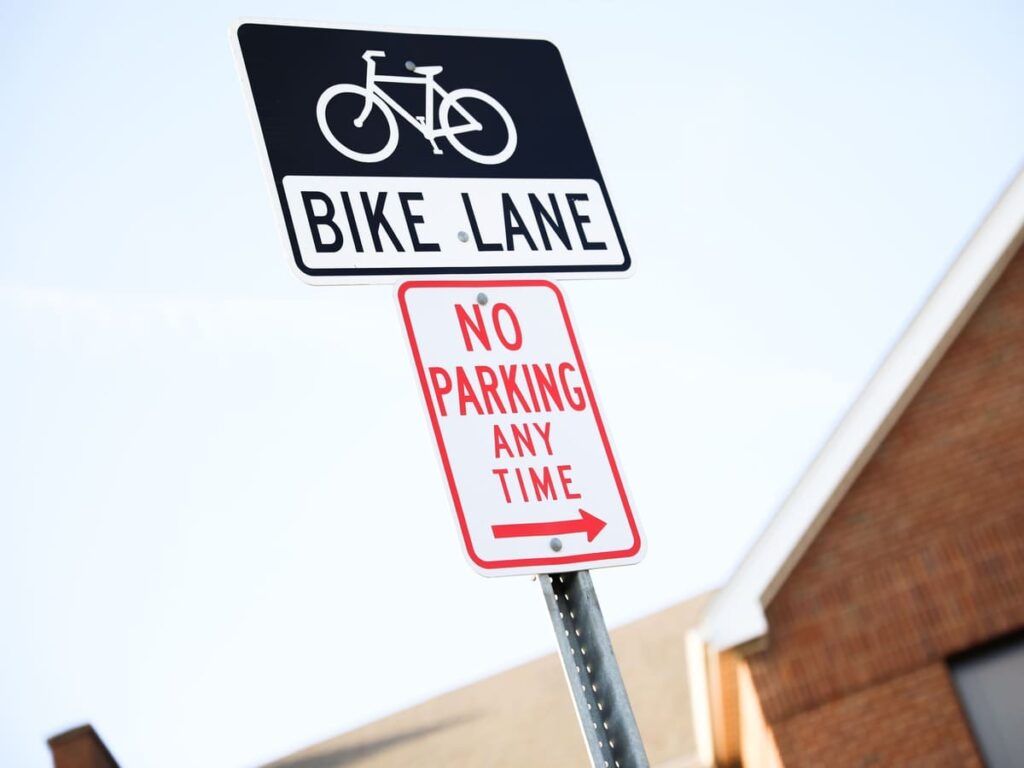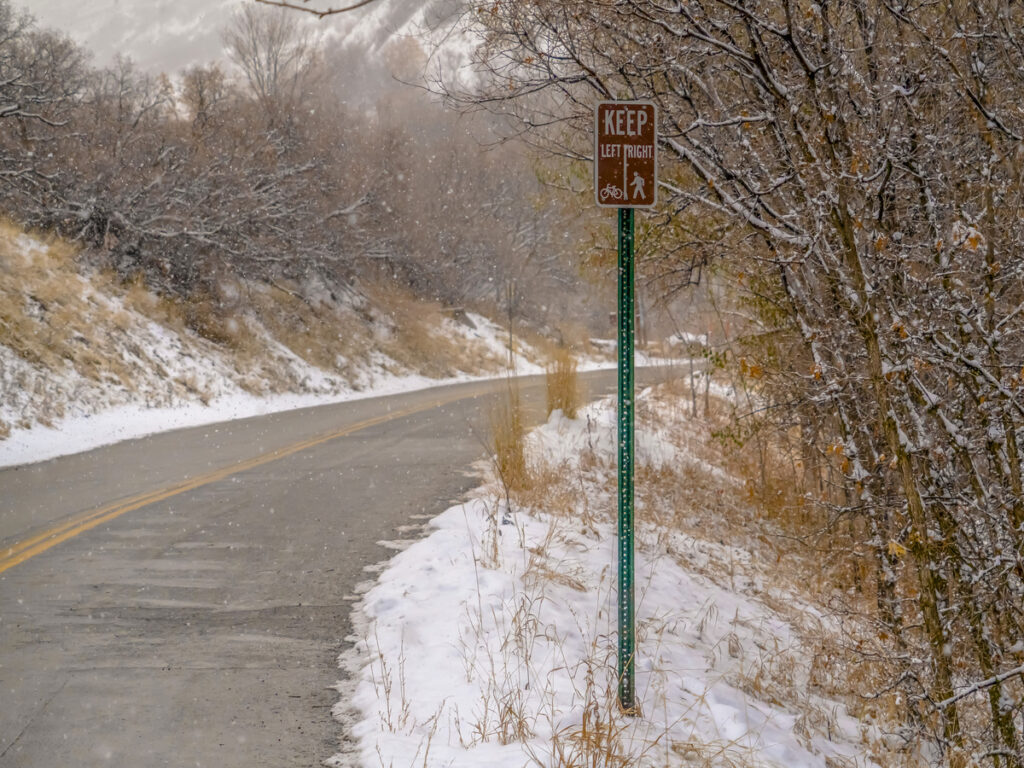
Les supports de panneaux en aluminium sont à la fois durables et durables. Leur conception légère, combiné avec une excellente résistance à la rouille, Les rend idéaux pour une utilisation sur la route. L'aluminium forme une couche protectrice qui empêche les dommages de l'humidité et du sel, s'assurer qu'ils restent en parfait état, Même dans des environnements difficiles. En plus, Ces supports sont conçus pour résister aux fluctuations de température, Maintenir leur force dans des conditions de temps chaud et froid.
Pour en savoir plus sur les avantages des supports de panneaux en aluminium et pourquoi ils sont un choix de premier plan pour les systèmes routiers, Consultez notre blog: Avantages des supports de panneaux en aluminium: Solutions légères et durables.
Principaux à retenir
- Les supports en aluminium ne rouillent pas, Alors ils fonctionnent bien près de l'eau.
- Ils restent forts par temps chaud ou froid sans se casser.
- Choisir le bon type d'aluminium les rend plus difficiles pour certains climats.
- Les nettoyer et les vérifier les aident souvent à durer plus longtemps et à bien fonctionner.
- L'aluminium est léger, Il est donc facile à installer mais détient un poids lourd.
Propriétés des matériaux des alliages en aluminium
Résistance à la corrosion et couche d'oxyde naturel
Alliages en aluminium sont excellents pour résister à la rouille et à la corrosion. Lorsqu'il est exposé à l'air, L'aluminium crée une fine couche de protection. Cette couche bloque de l'eau et des substances nocives de cause des dommages. Il maintient l'aluminium fort même dans des endroits humides comme les zones côtières ou les régions humides.
La couche protectrice fonctionne bien contre l'air salé près des océans. Les études montrent quelques alliages, comme le 3105 série, résister mieux à la rouille que les autres. Ces alliages sont parfaits pour des conditions difficiles avec des acides biologiques ou des environnements salés.
Structure légère mais durable
L'aluminium est léger mais très fort, Le rendre idéal pour les supports de route. Son poids léger facilite le déplacement et l'installation. En même temps, il peut gérer des charges lourdes sans se casser.
- Les alliages comme la série 5xxx équilibrent la légèreté et la force.
- Ces alliages sont utilisés dans des pièces automobiles comme les supports de pneus pour la durabilité et les économies de carburant.
Le mélange de flexibilité et de résistance de l'aluminium l'aide à gérer le stress. Il reste fort sans se pencher ni se casser, Le rendre génial pour les grands projets.
Conductivité thermique et adaptabilité aux températures extrêmes
L'aluminium se propage la chaleur rapidement, Arrêter la surchauffe et rester stable. Cela fonctionne bien par temps très chaud et très froid.
L'aluminium peut gérer l'expansion et le rétrécissement des changements de température. Les alliages de la série 5xxx sont conçus pour rester forts et garder leur forme dans une chaleur extrême ou un froid.
La flexibilité de l'aluminium l'aide à se plier sans se fissurer. Cela le rend utile pour les endroits avec un temps imprévisible.
Performance à des températures élevées
Résistance à la flexion liée à la chaleur
Les supports de route en aluminium fonctionnent bien par temps très chaud. Ils résistent à la flexion ou au changement de la forme de la chaleur. Ceci est important pour les routes dans des endroits chauds avec une forte lumière du soleil. Les supports en aluminium restent stables et ne se penchent pas à feu vif.
Certains types, Comme la série 6xxx, sont faits pour la chaleur. Ces alliages sont forts et résistent à la chaleur, les rendre super pour les zones chaudes. Cela maintient les supports en sécurité et utiles pendant longtemps.
Rester fort dans une longue exposition à la chaleur
Les alliages en aluminium restent forts même dans une chaleur durable. D'autres matériaux peuvent s'affaiblir, Mais l'aluminium maintient sa force. Cela en fait un bon choix pour les régions chaudes.
Comment cela se passe-t-il? Les traits naturels de l'aluminium et les méthodes de mélange spéciales l'aident à gérer la chaleur. Il reste fort et contient de lourdes charges, Même dans des conditions difficiles.
Planification de l'expansion de la chaleur
Lorsqu'il est chauffé, Les matériaux grossissent. L'aluminium fait cela aussi. Mais sa croissance est prévisible, afin que les ingénieurs puissent planifier cela. Cela arrête les dégâts des changements de température.
Par exemple, Les ingénieurs ajoutent des joints ou des pièces flexibles aux conceptions. Ceux-ci laissent les supports grandir et se rétrécir sans se casser. En planifiant l'expansion de la chaleur, Les supports en aluminium restent forts et durent longtemps.
Conseil: Les installer correctement et les vérifier les aide souvent à mieux travailler par temps chaud.
Performance aux basses températures
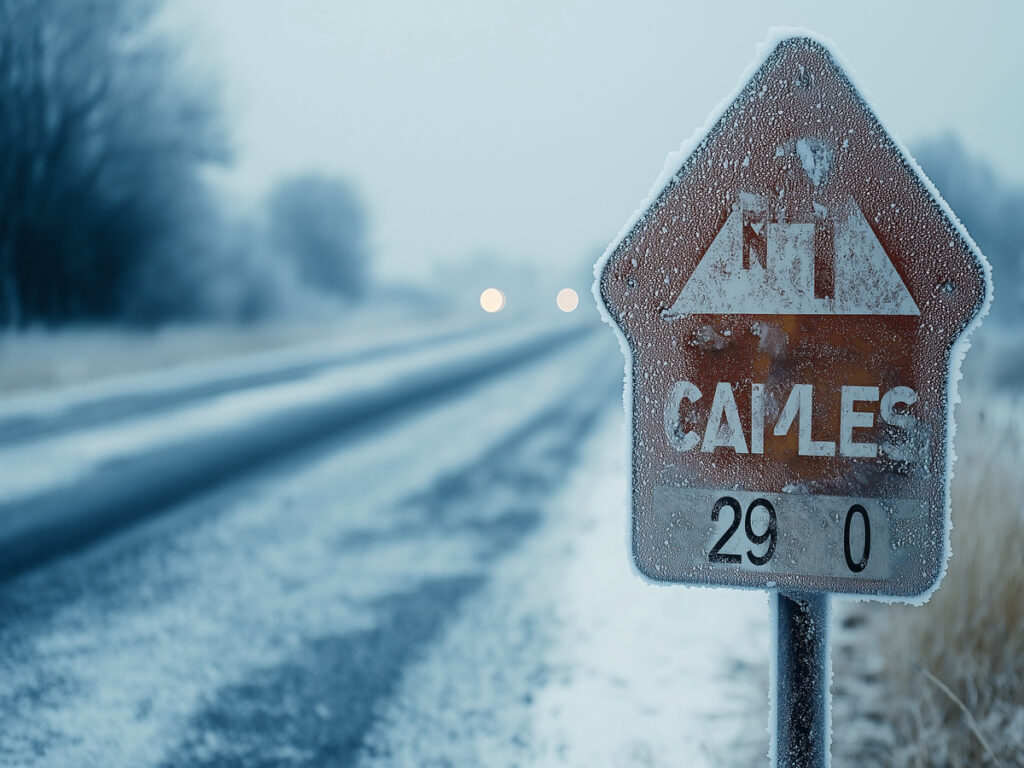
Force par temps glacial
Quand il fait très froid, Certains matériaux peuvent se casser facilement. Les supports de route en alliage en aluminium restent forts même par temps glacial. Ils sont conçus pour gérer un froid dur sans perdre de force.
Fait amusant: Les alliages comme la série 5xxx fonctionnent très bien dans des endroits froids. Ces alliages restent difficiles et durent longtemps dans les climats glaciaux.
Pas de fissuration dans le froid
Par temps glacial, Certains métaux se fissurent sous pression. Les alliages en aluminium ne se fissurent pas facilement, les rendre plus sûrs pour les routes. Ces supports contiennent des poids lourds sans se casser, Même dans des conditions très froides.
Les ingénieurs aiment l'aluminium car il propage le stress uniformément. Cela réduit les chances de ruptures soudaines, Garder les routes et les panneaux en sécurité en hiver.
Se plie sans se casser dans le froid
L'aluminium peut se pencher un peu sans claquer par temps glacial. Contrairement aux matériaux rigides, il reste flexible et fiable dans le froid.
Vous pouvez compter sur des supports en aluminium pour bien gérer le froid. Ils se développent et rétrécissent sans dommage, En leur faisant un bon choix pour les zones d'hiver.
Conseil: Vérifiez souvent vos supports en aluminium pour rencontrer des problèmes tôt. Cela les aide à rester forts par temps glacial.
Résistance à la corrosion et à l'humidité
Protection contre la rouille dans les environnements humides et côtiers
Les supports en aluminium fonctionnent bien dans les zones humides et côtières. Contrairement au fer, L'aluminium ne rouille pas. Plutôt, il forme une fine couche qui arrête la corrosion. Eau salée, cependant, peut endommager cette couche protectrice. Les ions chlorure du sel peuvent provoquer de petits points de corrosion.
Pour éviter cela, Utilisez des alliages de qualité marine comme la série 5xxx. Ces alliages sont conçus pour résister à la rouille dans des endroits salés. Ajout de revêtements, comme la peinture ou la poudre, offre une protection supplémentaire. Laver l'aluminium avec de l'eau douce après une exposition au sel l'aide à durer plus longtemps.
Conseil: Utilisez l'aluminium et les revêtements de qualité marine pour des supports durables près de la côte.
Comparaison avec d'autres métaux en termes de résistance à la corrosion
L'aluminium résiste à la rouille mieux que de nombreux autres métaux. Par exemple, Steel rouille facilement dans des conditions humides, Mais l'aluminium forme une couche protectrice. Les alliages comme 6061al créent naturellement cette couche pour ralentir la corrosion.
Dans les zones salées, le SIC3D / 6061AL Le composite résiste encore mieux à la rouille. Sa structure spéciale le rend plus fort que l'alliage 6061al régulier. Mais pendant le casting, De minuscules trous peuvent se former, conduisant à de petits points de corrosion.
Voici comment l'aluminium et l'acier se comparent aux taux de corrosion:
| Matériel | Solution | Taux de perte de masse (%) | Taux de corrosion (mm · a - 1) |
|---|---|---|---|
| Alliage en aluminium | Pluie acide simulée | 0.002 | 0.078 |
| Alliage en aluminium | Solution de chlorure | 0.002 | 0.078 |
| Alliage en aluminium | Ca saturé(OH)2 solution | 0.620 | 22.572 |
| Barre d'acier | Pluie acide simulée | 0.035 | 1.405 |
| Barre d'acier | Solution de chlorure | 0.027 | 0.960 |
Exemples réels de supports de panneaux en aluminium dans des conditions humides ou salés
Les supports en aluminium sont fiables dans des endroits humides et salés. Les projets côtiers utilisent souvent l'aluminium car il résiste à la rouille. Par exemple, Les panneaux de route près des océans font face à un spray salin constant. Les alliages de qualité marine avec des revêtements gardent ces signes forts pendant des années.
Dans les zones pluviales, Les supports de panneaux en aluminium restent robustes malgré l'humidité élevée. Ils sont légers mais durs, les rendre super pour les zones de pluie lourdes. Les nettoyer et les vérifier régulièrement les aident à durer encore plus longtemps.
Note: La couche protectrice de l'aluminium et les traitements de surface en font un choix supérieur pour les climats difficiles.
Longévité et durabilité par temps extrême

Performance à long terme dans les climats froids et chauds
Les supports de route en aluminium restent forts par temps extrême. Dans le froid glacial, Ils ne se fissurent pas ou ne se cassent pas facilement. Dans des endroits chauds, Ils résistent à la flexion et restent robustes. Cela en fait un bon choix pour de nombreux environnements.
Les traits naturels de l'aluminium l'aident à gérer le temps difficile. Il résiste à la rouille et s'adapte aux changements de température. Choisir le bon alliage peut faire durer des supports de route plus longtemps.
Études de cas à partir de projets d'infrastructure
Des exemples du monde réel montrent comment les supports en aluminium fonctionnent bien. Près des océans, L'aluminium de qualité marine résiste à la rouille de l'air salé. Ces supports restent forts pendant des années dans des endroits humides.
Dans les zones enneigées, Les supports en aluminium gèrent la neige froide et lourde. Les ingénieurs utilisent des alliages comme la série 5xxx pour leur force. Ces exemples prouvent que l'aluminium fonctionne dans différents climats.
Leçons apprises des applications du monde réel
Une utilisation réelle nous apprend à choisir le bon alliage. Les zones côtières ont besoin d'aluminium de qualité marine, Alors que les endroits froids ont besoin d'alliages spéciaux. Le nettoyage et la vérification des supports les aident souvent à durer plus longtemps.
Une installation appropriée est également importante. Les supports doivent être montés en toute sécurité et permettre des changements de température. Ces étapes gardent les supports en aluminium solides et fiables par tous les temps.
Les supports de panneaux en aluminium sont très fiables par temps difficile. Ils résistent à la rouille, Ils durent donc dans les zones humides et côtières. L'aluminium reste fort à des températures chaudes et froides. Ces supports de panneaux métalliques fonctionnent bien dans les hivers glaciaux et les étés chauds. Avec une bonne conception et un bon soin, Ils durent longtemps sur les routes. Ils sont légers mais forts, les rendre super pour les climats durs.
Pour des solutions fiables et résistantes aux intempéries, choisir Les supports de panneaux en aluminium de haute qualité d'Optraffic pour assurer une durabilité à long terme et des performances optimales.
FAQ
Pourquoi les supports de route en alliage en aluminium sont-ils bons pour un temps extrême?
Les supports en aluminium ne rouillent pas et ne génèrent pas bien les changements de température. Ils sont légers, Facile à installer, et dure longtemps.
Conseil: Choisissez le bon type d'aluminium pour vos conditions météorologiques.
Comment les supports de panneaux en aluminium fonctionnent-ils par temps glacial?
L'aluminium reste fort et flexible à des températures très froides. Il ne craque pas, Garder les routes en sécurité même dans les climats glaciaux.
Les supports en aluminium sont-ils meilleurs que l'acier près de l'océan?
Oui, L'aluminium résiste beaucoup mieux à la rouille que l'acier dans l'air salé. Sa couche protectrice bloque la corrosion, le rendre idéal pour les zones côtières.
Les supports de panneaux en aluminium ont-ils besoin de soins spéciaux?
Les nettoyer et les vérifier les aident souvent à durer plus longtemps. Laver le sel et l'ajout de revêtements peuvent arrêter la rouille dans des endroits humides.
Note: Les soins réguliers maintiennent les supports en aluminium qui fonctionnent bien par tous les temps.
Les supports en aluminium peuvent-ils contenir des poids lourds?
Oui, L'aluminium est léger mais très fort. Il peut contenir des charges lourdes sans se casser, Le rendre parfait pour les projets routiers.
Fait amusant: Les ingénieurs aiment la série 5xxx pour sa résistance et sa légèreté.

